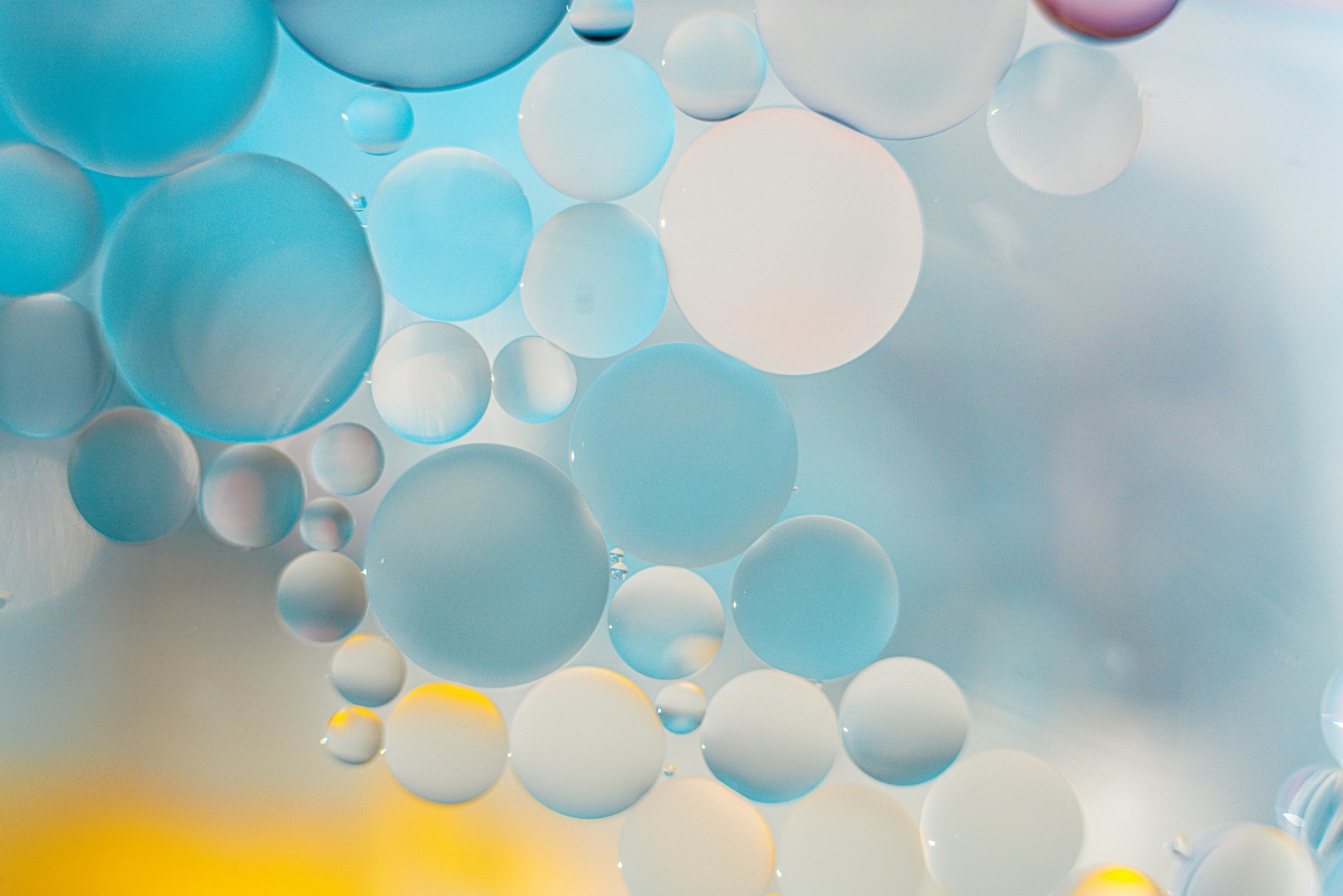
Pelvic Health PT Can Address the Following Concerns for Pediatric Patients
-
Nocturnal enuresis, commonly known as bedwetting, refers to the involuntary urination that occurs during sleep in children over the age of 5. Bedwetting can be categorized into two types:
Primary nocturnal enuresis: This is when a child has never been dry at night for an extended period (typically at least six months).
Secondary nocturnal enuresis: This occurs when a child has previously been dry for at least six months but then starts bedwetting again. This can be caused by emotional stress, medical conditions, or other factors.
When to Seek Help:
If the child is over the age of 6 and still experiences frequent bedwetting.
If the bedwetting starts suddenly after the child had been dry for a period.
If there are signs of a urinary tract infection (UTI) or other medical symptoms like pain or blood in the urine.
-
Constipation can significantly affect pelvic health at any age and any stage of life. Constipation can contribute to or worsen bladder symptoms, gas/flatulence, abdominal pain, pelvic pain, mood and energy, back pain, hemorrhoids, anal fissures, rectal prolapse, fecal incontinence, decreased appetite, and overall malaise.
Fecal (bowel) incontinence can lead to other health concerns as well as social and emotional distress. It often is a byproduct of chronic constipation but also can indicate other medical diagnoses and should be investigated.
-
Going to the bathroom should not be painful. Consistent pain with urination or bowel movements should be addressed. Some children will start to hold their urine or bowel movements if they are painful which can result in further complications and fear of going to the bathroom.
-
Bowel and bladder dysfunction related to a neurological diagnosis (CP, Diabetes, and Brain/Spinal Cord Injuries, etc). Symptoms can include changes in voiding frequency, leaking/ incontinence, difficulty emptying the bladder or bowel, decreased bowel or bladder sensation, painful voiding.
-
Daytime urinary incontinence, refers to the involuntary leakage of urine during the daytime. This condition can occur in people of all ages and is often linked to a variety of underlying causes. It can range from mild leaks to more significant episodes of incontinence, affecting daily activities and quality of life.
Giggle incontinence, also known as laughter-induced incontinence, is a form of stress urinary incontinence that occurs specifically during episodes of laughter.
-
Some children find it difficult to fully empty their bladder when attempting to go to the bathroom. It can be as a result of decreased ability to fully relax pelvic floor muscles, neurological impairment, constipation, positioning while attempting to urinate, decreased focus on task/doesn’t want to take the time to void, or other medical reasons. Retaining too much urine in the bladder can lead to further complications.
-
Pain anywhere in the pelvis including but not limited to the vulva, penis, scrotum, rectum, anus, vaginal canal, uterus, bladder, urethra, ovaries and associated connective tissues and muscles. Pain can originate from a multitude of culprits and we may need to investigate to figure it out!
Abdominal pain is not typical in children. Chronic/consistent abdominal pain can be from constipation, gas, soft tissue/visceral restrictions, inflammation, muscle dysfunction, or pressure management dysfunction.
-
Changes in hormones and growth can affect pelvic health and bowel/bladder functioning at any stage. Pain, incontinence, and increases in other symptoms can occur and should not be ignored because there are strategies and treatment that can help improve quality of life related to these symptoms.
Questions? Need Help?
